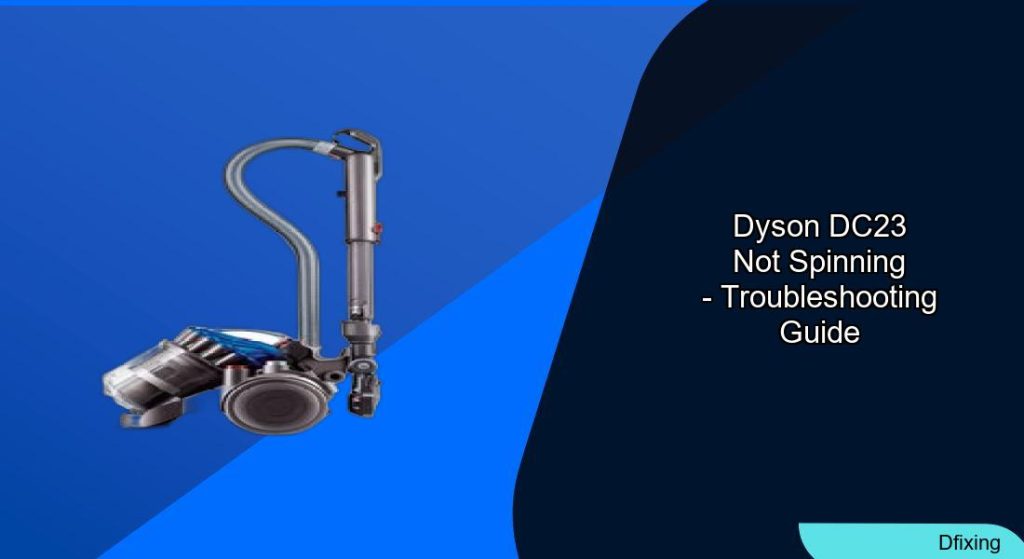A non-spinning brush head on the Dyson DC23 can disrupt cleaning efficiency, but the issue often stems from preventable or repairable causes. From debris buildup to electrical faults, this guide breaks down actionable solutions to restore optimal performance. Whether you’re dealing with intermittent stalling or a complete stoppage, this article covers step-by-step fixes, advanced diagnostics, and maintenance tips tailored to the DC23’s design. By addressing common problems like clogged gears, faulty connections, or motor overheating, users can troubleshoot confidently and extend their vacuum’s lifespan.
Affiliate disclosure: As an Amazon associate, We'll earn a commission for every successful order through our affiliate links in the article. However, you won’t be charged anything for this.
The Dyson DC23 relies on a combination of mechanical and electrical components to power its brush head. Issues like tangled hair, loose wires, or thermal overload can disrupt this balance. This guide organizes solutions from basic maintenance to complex repairs, ensuring users can identify and resolve problems efficiently. With insights from real-world fixes—such as lubricating bearings or replacing impellers—this resource empowers owners to tackle challenges without immediate professional intervention.
Addressing Common DC23 Brush Head Issues
The Dyson DC23’s brush head relies on a synergy of mechanical and electrical systems. When these systems fail, the brush roller stalls. Common causes include:
– Debris accumulation in gears or bearings
– Faulty electrical connections in the hose or motor
– Thermal overload from restricted airflow
– Worn mechanical components like gears or microswitches
Each issue requires targeted troubleshooting. For example, debris buildup often resolves with thorough cleaning, while electrical faults demand wire inspections or connector lubrication. Understanding these root causes streamlines the repair process.
Troubleshooting DC23 Brush Head Problems
Step 1: Clear Debris from the Brush Roller
Hair, threads, and debris commonly jam the brush roller. Follow these steps:
1. Unplug the vacuum and detach the brush head.
2. Remove the beater bar cover using a coin, then extract the brush roller and belt.
3. Clean tangled hair from the roller and inspect the gear assembly.
4. Use isopropyl alcohol to clean sleeve bearings and apply lubricating oil for smooth operation.
Pro Tip: A user resolved stalling by removing a plastic fragment lodged inside the roller, emphasizing the need for thorough debris checks.
Step 2: Inspect Electrical Connections
A loose or damaged wire can disrupt power delivery.
1. Examine wires connecting the brush head to the vacuum body.
2. Secure frayed connections and lubricate the hose’s sliding parts and O-ring.
3. Test the motorhead’s performance after reassembly.
One user fixed intermittent operation by securing a loose wire near the round hose connector, highlighting the importance of connection integrity.
If the hose itself is damaged, cracked, or showing signs of wear, it might be time to replace it to ensure a secure and reliable electrical connection.

Affordable replacement for Dyson DC23/DC25 hose
Step 3: Resolve Motor Overheating
Restricted airflow triggers the motor’s thermal overload. To address this:
1. Empty the dirt container and clean the blue washable filter.
2. Allow the vacuum to cool for several hours to reset the thermal overload.
3. Lubricate the brushbar’s pin and sleeve bearing to reduce friction.
A clean filter and unobstructed airflow prevent recurring overheating issues.
If the washable filter is damaged or excessively worn, it should be replaced to maintain proper airflow and prevent the motor from overheating.
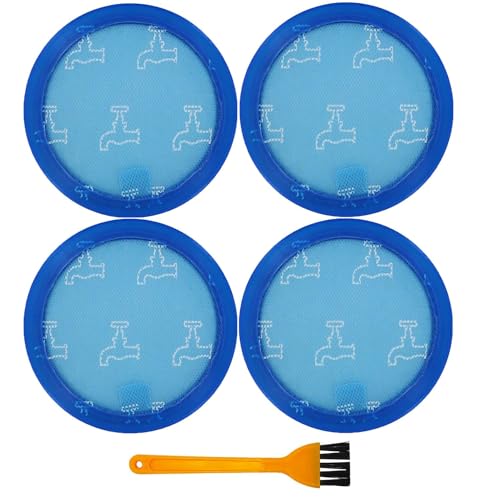
Premium pack with HEPA filters and cleaning brush

Economical washable filter pair for regular replacement

Budget-friendly single filter with extended lifespan
Position-Dependent Spin Failures: Diagnosis and Fixes
Some users report the brush head spins only when upside-down. This often points to a faulty motor/pulley assembly. Steps to resolve:
1. Test the brush head in both orientations.
2. If stalling persists in normal position, disassemble the motor housing.
3. Replace the motor/pulley assembly—a common fix for position-dependent issues.
One owner resolved the problem by replacing the pulley assembly, restoring consistent operation.
Advanced Disassembly and Motor Maintenance
For persistent issues, deeper repairs may be necessary:
1. Replace the impeller: Remove the motor housing cover, detach the fan assembly, and install a new impeller.
2. Check thermal overload: Disassemble the motor, clean components, and reapply lubricant to bearings.
A user successfully repaired stalling by cleaning and lubricating the motor’s internal components, avoiding costly replacements.
Model-Specific Solutions for Dyson DC23 Turbine Heads
The DC23’s turbine head is non-repairable. If the roller fails despite cleaning and electrical checks:
1. Confirm the turbine head is faulty (e.g., no suction despite functional motor).
2. Replace the entire turbine unit via an authorized Dyson service center.
DIY repairs for the turbine head are not feasible due to its sealed design.
Since the turbine head is non-repairable, replacing the entire unit is the only option if it’s faulty.
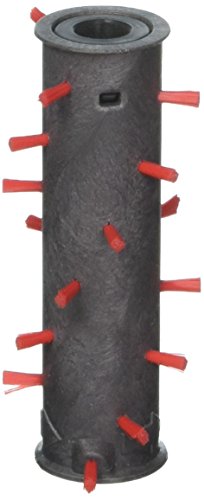
Original Dyson brushroll for DC23 vacuum with OEM warranty
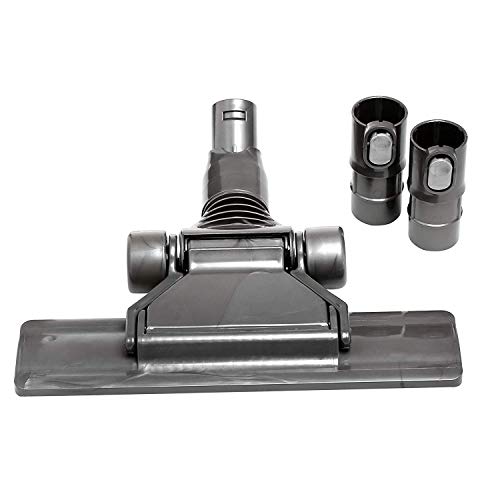
Premium third-party flat-out head with universal compatibility
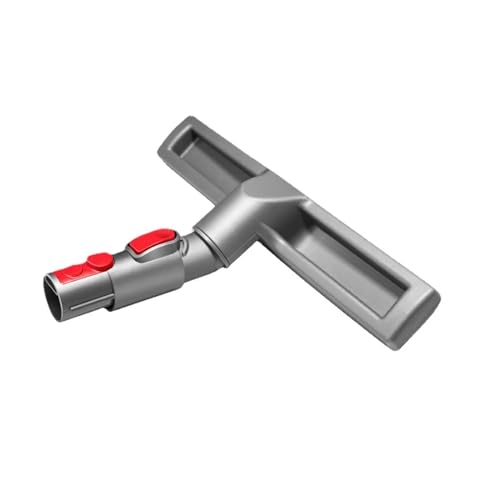
Versatile adapter for various Dyson models including DC23
Maintaining Longevity: Lubrication and Care
Prevent future issues with routine maintenance:
– Use silicone spray lubricant on internal mechanisms (avoid WD-40, which attracts debris).
– Disassemble the brush head with a Torx screwdriver to access hard-to-reach screws.
– Reassemble and test for improved performance.
Regular lubrication extends the brush head’s lifespan and prevents mechanical degradation.
Frequently Asked Questions (FAQ)
Why does my brush head stop spinning when upright?
This often indicates a faulty motor/pulley assembly. Test the brush head upside-down; if it spins, replace the motor assembly.
How do I clean the brush roller effectively?
Remove the roller, clear entangled hair, and lubricate bearings with oil. Use isopropyl alcohol to clean residue.
Can I repair the turbine head myself?
No—the DC23 turbine head is sealed and requires replacement by an authorized technician.
What causes motor overheating?
A full dirt container, clogged filter, or excessive debris in the brush roller restricts airflow, triggering thermal overload.
Does lubrication help prevent stalling?
Yes. Silicone spray reduces friction without attracting dust, maintaining smooth operation in moving parts.
Conclusion
The Dyson DC23 brush head’s spinning issues often stem from debris, electrical faults, or mechanical wear. By following this guide’s step-by-step solutions—from basic cleaning to motor replacement—owners can address problems efficiently. For model-specific turbine failures, professional replacement is necessary. Regular maintenance, including lubrication and debris checks, ensures long-term reliability. When troubleshooting fails, prioritize authorized repairs to maintain warranty validity and performance standards.

